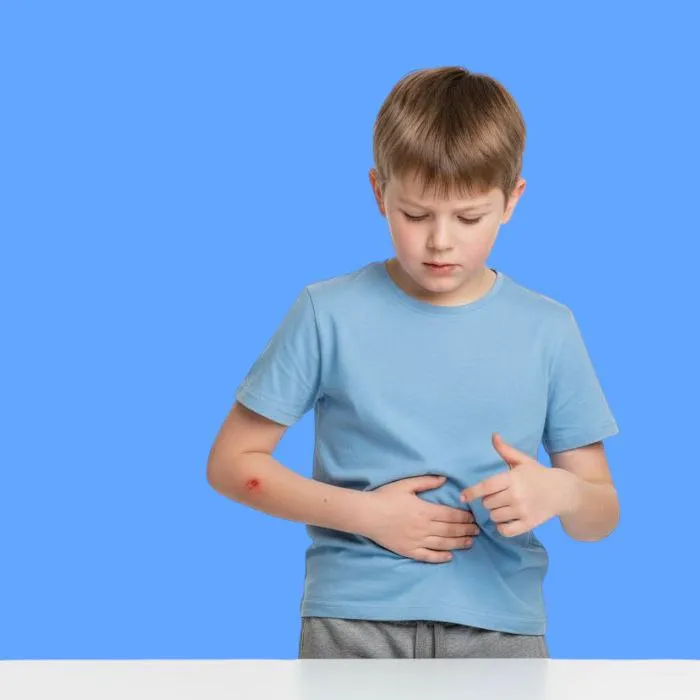What is a wheat allergy?
A wheat allergy is an overreaction of the immune system to wheat proteins. It is different from celiac disease or gluten intolerance.
Symptoms can range from mild, such as itching and skin rashes, to severe, including anaphylactic shock. Therefore, accurate diagnosis and medical follow-up are necessary.
Causes of Wheat Allergy
Wheat allergy results from the immune system's reaction to wheat proteins. These causes include:
- Early exposure to wheat in children prone to allergies.
- A family history of allergies or other immune disorders.
- Asthma or eczema increase the likelihood of developing an allergy.
- Excessive or unsupervised consumption of wheat products in children.
Symptoms of Wheat Allergy
Symptoms appear immediately or hours after exposure to wheat and include:
- Skin rash, itching, and redness.
- Swelling of the lips, face, or throat.
- Digestive problems such as vomiting or diarrhea.
- Difficulty breathing or wheezing in severe cases.
How to Diagnose Wheat Allergy
Diagnosis involves several steps to determine the type and severity of the allergy, such as:
- Skin testing with wheat protein extract.
- Blood tests to detect wheat-specific antibodies.
- Clinical evaluation of the patient's history of symptoms and previous reactions.
- A medically supervised food challenge test to confirm the diagnosis.
Treatment for Wheat Allergy

Treatment focuses on prevention and symptom control, including:
- Completely avoiding wheat and wheat products.
- Carrying emergency medications such as an epinephrine auto-injector.
- Using antihistamines to relieve itching and mild symptoms.
- Regular medical follow-up to monitor the condition and update the emergency plan.
When to See a Doctor?
You should see a doctor immediately if any symptoms appear after consuming wheat, especially if there is swelling of the throat or difficulty breathing, as these are signs of anaphylactic shock that require immediate intervention to avoid serious complications.
Tips for Preventing the Disease
The risk of developing a wheat allergy can be reduced by following preventive measures, such as:
- Reading food labels carefully to avoid hidden wheat products.
- Teaching children and adults with wheat allergies to avoid any accidental contact with wheat.
- Always carry emergency medication when going out.
- Inform your school or workplace about your allergy to avoid accidental exposure.
Frequently Asked Questions
Can wheat allergy be cured?
Some children may outgrow the allergy over time, but it is often lifelong.
Is wheat allergy dangerous?
Yes, it can cause a life-threatening anaphylactic shock if not treated promptly.
Can I eat wheat in small amounts?
No, even a small amount can trigger a severe reaction in people with wheat allergy.
Article Summary
Wheat allergy is an autoimmune disease that requires complete avoidance of wheat and close medical monitoring to prevent complications. Adhering to the prevention plan and carrying emergency medication protects the affected person from serious reactions and ensures their safety.